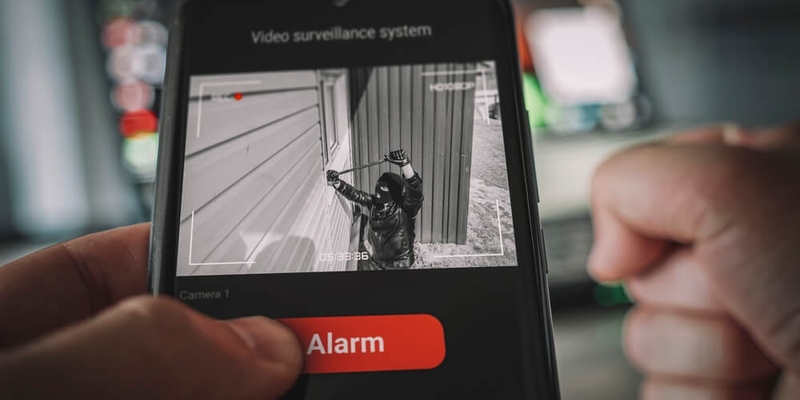
If you are not redirected within 30 seconds, please click here to continue.
Samedi: 10h – 16h HAE

If you are not redirected within 30 seconds, please click here to continue.
If you are not redirected within 30 seconds, please click here to continue.
3 Ways to Protect Your Wallet This Black Friday

Black Friday is rapidly gaining popularity in Canada, according to a 2021 report from the Retail Council of Canada. For instance, 43% of Canadians plan to take advantage of the deals on Black Friday, compared to 34% who plan to shop on Boxing Day. This is unsurprising as Black Friday falls during the pre-holiday season.
As more Canadian retailers choose to participate and more consumers decide to deal hunt online, there may be fewer reasons to pack up the car and head south to take part in the madness. However, plenty of shoppers are still keen to hit the road for their Black Friday shopping — a tradition dating back more than 50 years.
If you're planning to travel and witness the deals in person, it's important to know the ropes. With our Black Friday coverage checklist, you can stay safe from fraud, collisions, and theft during this year's spending frenzy.
1. Don't leave home without travel medical and accident coverage
Here's the truth about Black Friday: it can be downright dangerous. While it might seem unlikely that you'll be injured in an opening day shopping stampede, accidents happen, and time spent in American hospitals if you’re without insurance coverage can be extremely expensive. Take the time to find a travel insurance policy before you drive down, or check that those benefits are included with your credit card.
Don't waste time calling around for travel insurance
Use Rates.ca to shop around, and compare multiple quotes at the same time.
Finding the best travel insurance coverage has never been so easy!
Also, check that your travel insurance policy adequately protects you in the event that you test positive for COVID-19 and are subsequently denied re-entry to Canada. While many travel insurance policies will cover an emergency return, they don’t necessarily cover costs you may have to assume if you’re forced to quarantine abroad.
If driving, your car insurance coverage will follow you; make sure you have your insurance documents as well as your driver’s licence, ownership, and registration with you in case you need them. And, before you hit the road, ensure you've got the best deal on your auto coverage.
If you're planning to rent a car, your credit card can help here, too. Check to see if your card offers a discount on rentals or includes free rental auto collision coverage.
2. Protect your purchases
Trunks bursting at the seams with sales items are hot targets for parking lot thieves, and when you're shopping in another country, your legal options can be limited should you become a victim of theft. An effective way to counter this is to carry a credit card with purchase protection and extended warranty features.
These features can protect your purchases for several days to a couple of years:
- Extended warranty: This feature adds up to two additional years on a manufacturer's warranty, giving you extra peace of mind on hastily made purchases.
- Purchase protection: This handy feature insures your purchases from theft or damage up to 180 days from the day you buy it — meaning you'll be covered for everything from a broken screen to your goods being stolen from your car trunk or doorstep.
3. Budget for border taxes
If you're planning to be in and out of the U.S. within 24 hours, beware: there will be a hefty duty bill to pay when you re-enter Canada. The exact amount depends on your home province (it doesn't matter which province you cross the border from), and the category of purchase, and whether it was made within NAFTA (Canada, the U.S. or Mexico).
For example, buying a $500 TV that was manufactured in the U.S. from an American retailer will likely cost you $65 at the border. Check out the handy Canada Border Service Agency's Duty and Taxes Estimator Calculator to see how much your purchases may cost you — and whether that cross-border trip is really worth it.
Get money-saving tips in your inbox.
Stay on top of personal finance tips from our money experts!










